Richard learned something the other day that he called “kind of shocking,” and he’s already taking action.
What he learned is that data collected over the last 50 years by the U.S. Agriculture Department show a decline in the nutritional value of our fruits and vegetables—in some cases, a dramatic change, ranging from a 6 percent decrease in the amount of protein to 38 percent less riboflavin.
“As soon as I read that article,” he said, “it came to me that we don’t normally focus on nutrient levels in our vegetables. So to the extent we can do something about it, we’re going to.”
He added, “We aren’t going to go off the deep end, but we are going to tilt in this direction. If we can get great taste, happy plants and plants that are more nutrient-dense than they were six months ago, we’ll be really happy.”
Charlotte Romo, the farm’s hydroponic crop specialist, agrees with the scientist quoted in the article that the nutrient decreases are likely due to changed agricultural practices. “After WWII, they started using synthesized chemicals out in the fields,” she said, “and based everything on what the plant needs. But they never really looked, I think, at what they were getting as far as the fruit. They try to pump up the plant to grow fast and yield a lot of fruit, but that doesn’t necessarily yield quality fruit.”
“Fifty years ago there were lots of little farms located everywhere,” she said. “Now there are giant farms and they do what’s good for shipping, but not necessarily good for food quality.”
And so, the plan: First, to determine the nutrient levels of the farm’s tomatoes and lettuces right now. Charlotte is sending tomatoes off to the lab on O‘ahu for nutritional analyses on the fruit itself, whereas previously they have only checked the leaf. “I don’t think it’s common practice to do the fruit analysis to check for nutrients,” she said. She explained that normally they do leaf analyses, which tells them what the plant needs—but doesn’t tell them about nutrients found in the fruit, which we actually eat.
They will also see about increasing nutrients in the lettuce, if necessary, for which they already have leaf analyses.
“Increasing nutrients is not something most people talk about, and I don’t know of anything in terms of recommendations along those lines,” Richard said. “I’ve never heard of fertilizing and growing plants for their nutrient component. But it just makes sense to me that the vegetables should have as many nutrients as possible in them. It just makes common sense.”
I asked Richard if it will be a selling point. “I don’t know that it’s going to be something we can advertise,” he said, “and say ours is better than the next. I just know it’s the right thing to do, so we’re going to attempt to do it.”
“It’s like when we decided to become Eco-OK. We were first to be certified Eco-OK. Or when we decided to become Food Safety Certified. That, too, was just the right thing to do.”
[Editor’s note: I had to fight Our Modest Farmer to allow me to include this next part, which he didn’t know about until he previewed this blog post]:
When I talked to Charlotte about this, she acknowledged that these extra fruit analyses and possible increases in what they feed the plants will be extra expenses. Referring to Richard making these decisions merely because it’s the “right thing to do,” she added, “Isn’t it amazing to meet an ethical person? I think we all try to be ethical, but sometimes our pocketbook gets the best of us. Even really nice people that I’ve worked with, they don’t always do the right thing.
“I keep flaunting Richard to all my colleagues back in Tucson,” she said. “I tell them, ‘You won’t believe it—he’s an ethical person! I get to work with an ethical person!’ It’s so refreshing.” —posted by Leslie Lang
A conversation between Richard and Leslie:
Richard: You know, I knew that Charlotte liked working here, but I had no idea she thought that way. But posting what she said makes me a little uncomfortable. I don’t know if I like the idea of putting myself out there as though I am some sort of “ethical person.” I really don’t think of myself that way.
Leslie: Well, you are.
Richard: You know, I have kind of a kolohe past, from when I was a kid! I don’t walk around thinking of myself like that, or like I’m different or better than anybody else.
Leslie: What if we posted what she said, but also had you write a disclaimer stating that in no way do you consider yourself ethical?
Richard: Oh, well, maybe we could do that. Let me think about it. You know, I’m not doing this for any sort of “ethical” reason. I’m doing it because I sort of take a long-term view of things, and as long as it doesn’t destroy our business financially, it just seems like the thing to do.
Leslie: Richard, that’s the definition of “ethical.”
Richard: Well. You know, when I really think about why this label of “ethical” makes me a little uncomfortable, I realized my decisions always come back to our employees. When they go home and tell their families what we’re doing here, what are the reactions going to be?
Leslie: Positive.
Richard: That’s right, and it will make them feel good about their jobs and what they are doing. That’s really my focus. You know, another example of that is that we host young schoolkids at the farm a lot. And when they come, we always have the farm all cleaned up, and when everything’s so clean it really makes everybody feel good. My decisions really all come back to how they make the employees feel.
Leslie: You’re still ethical.
Richard: Maybe my employees are ethical people and that’s what makes me do what I do.
Leslie: Okay.

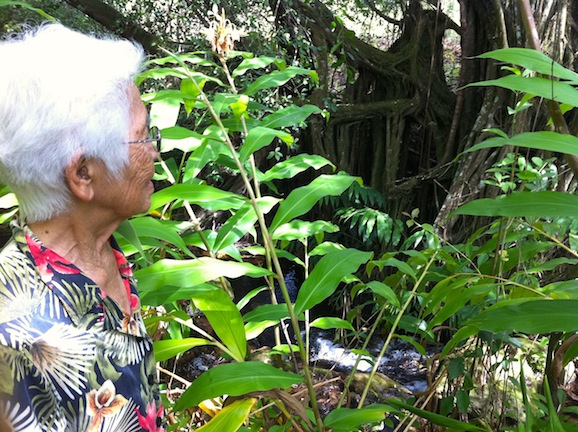
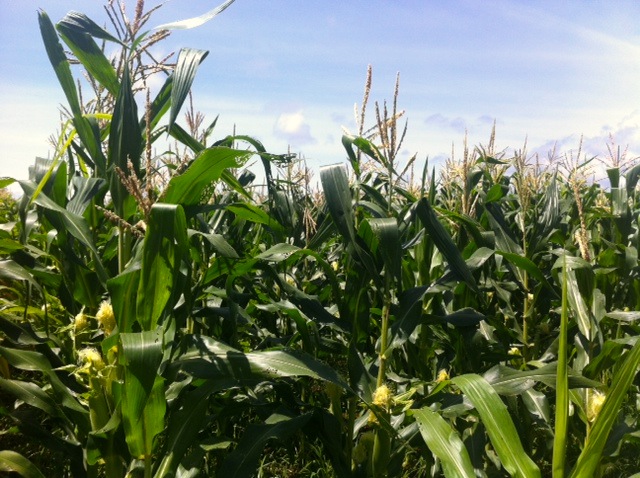
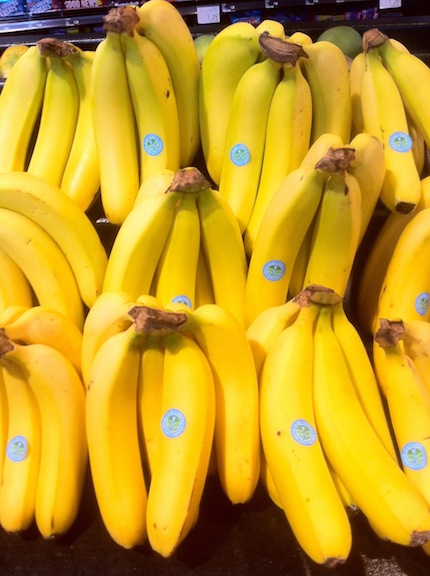
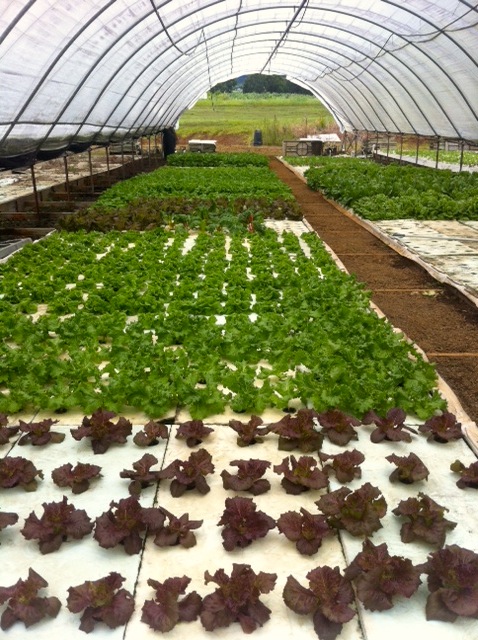
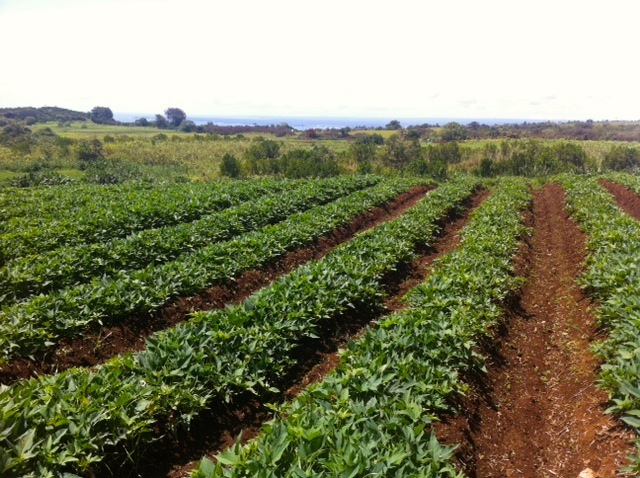

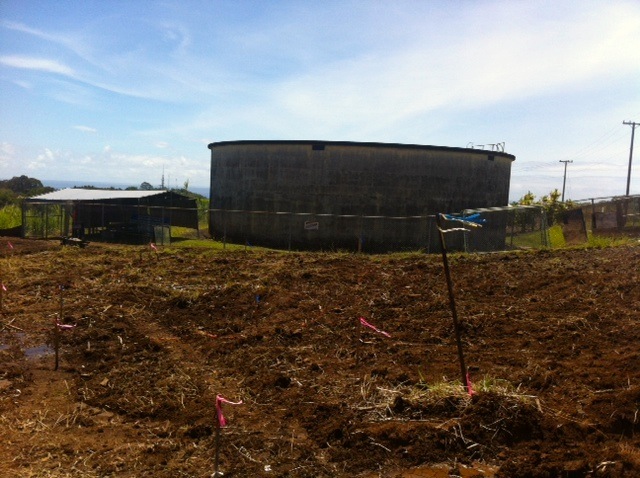
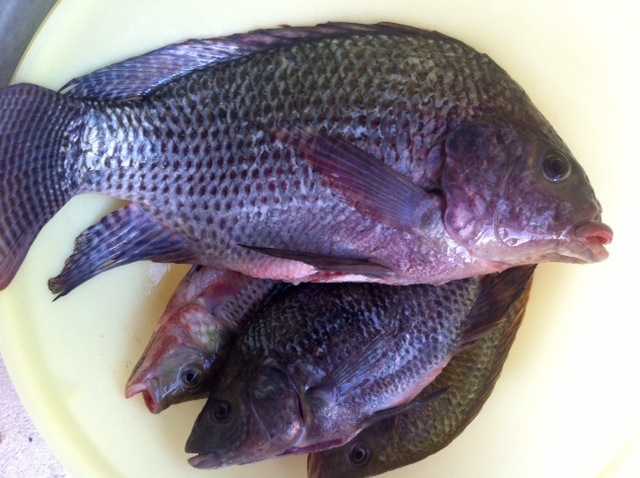
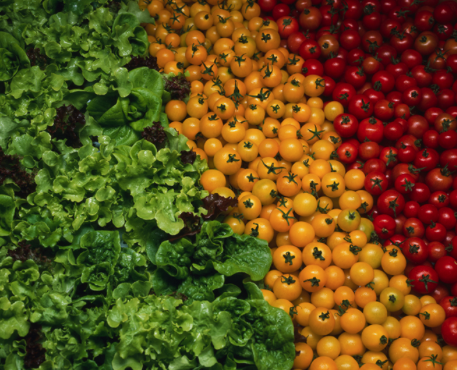
 “I could tell that she really wanted to get her hands on the lettuces,” he said. “The clincher was when I handed her one. She held it really gently, like it was a baby bird, and I thought to myself, ‘She’s the one.’”
“I could tell that she really wanted to get her hands on the lettuces,” he said. “The clincher was when I handed her one. She held it really gently, like it was a baby bird, and I thought to myself, ‘She’s the one.’”